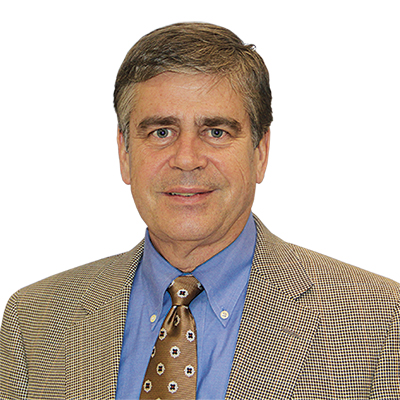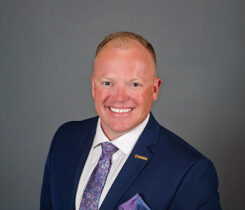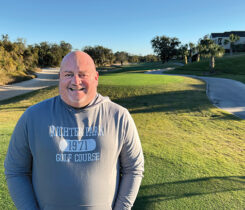The Turf Doc: Spring will come as if shot out of a cannon

Karl Danneberger
With the arrival of spring, there is always anticipation and excitement of a new season approaching. The completion of winter projects gradually gives way to daily turf management practices. The most basic management practice of mowing brings continuity and uniformity to playing surfaces like tees, greens and fairways. The flowering of ornamentals, the emergence of leaves on trees and the smell of freshly mowed turf announce the arrival of spring.
Since spring is the optimum time for cool-season turfgrasses, it should be the time for superintendents to enjoy the time and prepare for the waiting summer stress. The start of spring, however, is best described as a shot out of a cannon. In spring, we are immediately faced with difficult agronomic problems and decisions that, if not addressed, can cause serious turf damage well into late spring and early summer.
In the Northeast, just when the turf begins to grow, golf course superintendents face the annual bluegrass weevil (ABW). The ABW attacks primarily annual bluegrass but can cause damage to creeping bentgrass. The pest overwinters as an adult surviving, at least in the Northeast, along the tree lines of golf courses. From late February through April — depending on how warm temperatures are — ABWs migrate to annual bluegrass greens and fairways where the adults lay their eggs in the stem of the plant. The eggs hatch, and larvae emerge feeding down through the stem and crown. Symptoms of ABW damage manifest themselves with environmental stresses like temperature and moisture and increased wear injury as the season progresses.
The weevil was first reported as a turfgrass pest 90 years ago in Connecticut and subsequently throughout New England. In the 1960s, the ABW found its way through New York and into Pennsylvania in 1970. Since the 2000s, it has been reported in the mid-Atlantic area, including Virginia and western North Carolina through Ohio.
Given the shortness of its legs, I doubt if the ABW spread into various regions and states by walking down highways and streets. More likely, the weevil was already present and either not noticed, ignored or misdiagnosed. Or, it might have hitchhiked in transported sod or by other means, which may contribute to its sporadic establishment.
In areas like Virginia, western North Carolina and central Ohio where the ABW is not well established, early monitoring is required. Monitoring identifies if the ABW is present or not and in what numbers. The severity of ABW is related to the number of adults in the spring laying eggs. The more larvae that hatch, the more damage can be expected.
A significant means of reducing the ABW damage is to target the adult weevil with insecticide applications in the spring. Various growing degree day models are available that can help target adult control. Monitoring the ABW in the spring is key to its control.
Roughly around the same time as concern with ABW is arising, farther south, into the adaptive range of warm-season turfgrasses, large patch is occurring. Large patch appears roughly when warm-season turfgrasses are beginning to break dormancy. The disease is not a serious problem on bermudagrass.
Bermudagrass will often grow out of the damage and symptoms. However, in warm-season turfgrasses like seashore paspalum, zoysiagrass and St. Augustinegrass, the symptoms can last for several weeks.
Large patch often occurs in the fall at the time warm-season turfgrasses are beginning to enter dormancy. Fungicide applications for controlling large patch work effectively when applied preventively during the fall. Fungicide applications in the spring often fall into repeat applications and in the end, are not very effective.
The difficulty of both the ABW and large patch is that chemical applications are needed for control. In a sense, the discouraging part is the treatment need and expense — especially in case ABW control is required at the beginning of spring. So, right out of the gate, golf course superintendents need to be at the top of their game.












